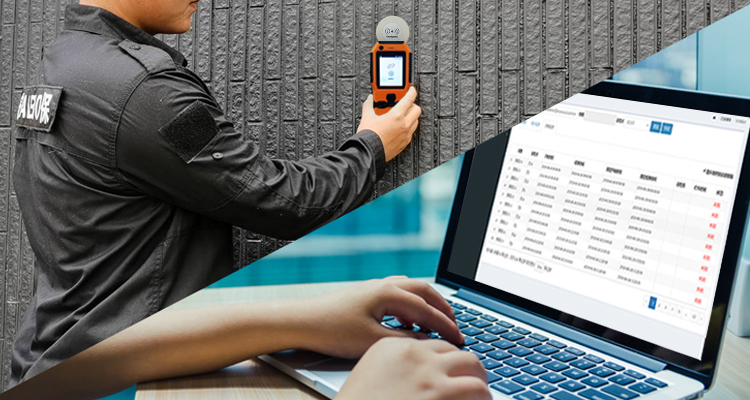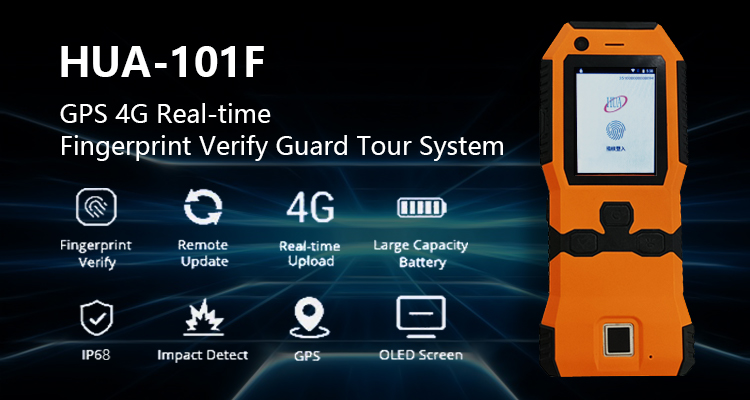

One of the patrol tour systems' core functions is to enhance accountability and transparency in security patrols. Traditional methods of monitoring security personnel often rely on subjective reports or manual logs, which leave room for human error or misinterpretation. Without a reliable way to track security personnel’s progress and activities, it’s difficult to assess their efficiency or close gaps in coverage.
Patrol tour systems solve this problem by providing automated, real-time tracking of security patrols. These systems use advanced technologies such as RFID tags, QR codes, or GPS tracking to verify that officers complete patrols as planned and follow proper procedures. Security officers record every checkpoint they visit in the system, providing a detailed log of patrol activities that they can review and analyze later. This data helps create a transparent and traceable record of all security operations, ensuring that both officers and supervisors have a clear understanding of the work completed during each patrol.

In modern security operations, time is a critical resource. Security officers must perform routine patrols, check for potential hazards, assess building vulnerabilities, and respond to emergencies - often within strict time constraints. Traditional methods of performing these tasks can be time-consuming and inefficient, mainly when security officers rely on manual processes or paper-based systems.
Patrol tour systems significantly improve operational efficiency by streamlining patrol procedures and automating specific tasks. With a patrol tour system, security officers can patrol along preset routes with clear checkpoints and receive real-time instructions or alerts. This reduces the time spent determining the next move and ensures that security patrols are more targeted and targeted. The system's real-time updates and alerts can also notify security officers of potential issues, allowing them to take quick action to resolve them.
Security officers are often responsible for monitoring large and sometimes dangerous areas, and their safety is a concern for any organization. Without an effective system to monitor their movements and provide support in real-time, security officers may be at greater risk, especially when working alone or in remote areas.
Patrol tour systems improve officer safety by providing real-time tracking and location-based alerts. These systems allow security managers to monitor officers' whereabouts, ensuring they are safe and on duty. Suppose an emergency occurs or an officer fails to sign in at a designated time. In that case, the system can immediately trigger an alert, prompting a supervisor or emergency response team to investigate. This feature is handy in high-risk environments, such as construction sites, extensive industrial facilities, or areas with frequent criminal activity.

A significant advantage of patrol systems is the ability to generate valuable data and insights that can be used to improve security operations. Traditional security patrols often rely on anecdotal reports or paper logs, which are prone to errors and lack comprehensive analysis. The data generated by patrol systems enables security managers to make more informed decisions based on actual performance data.
Patrol systems can track how often each checkpoint is visited, how long it takes to complete a patrol route, and how frequently incidents occur in specific areas. By analyzing this data, security managers can identify patterns such as patrols that are often missed, areas that need more attention, or inefficient routes that waste time. These insights enable security teams to adjust patrol routes, allocate resources more effectively, and optimize overall security operations.
In many industries, security operations must adhere to strict compliance standards and regulations. These standards and regulations may include guidelines on patrol frequency, where security personnel need to sign in, or how to report incidents. Without proper record-keeping and oversight, it can be challenging to prove that security operations are fully compliant with these regulations. In addition, patrol systems can also enforce compliance by automatically recording patrol activities and ensuring that security personnel are following established procedures. Security personnel can program these systems to visit specific checkpoints at specified intervals, creating a clear record of their actions. They can easily retrieve and review these documents, making it easier for organizations to prove compliance during audits or inspections.
Patrol systems have become an essential tool in modern security operations, providing many benefits that can improve the efficiency, accountability, safety, and effectiveness of security personnel. By increasing transparency, ensuring compliance, and generating valuable data insights, these systems play a critical role in providing security operations that are effective and responsive.